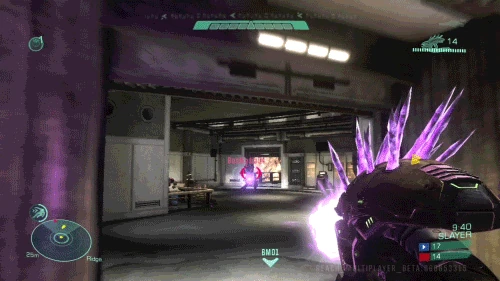Traditional (Pencil and Paper) Role-Playing Games (Trpgs) have in many ways been an inspiration for video games. However, Trpgs didn't disappear when video games came around, if anything they blossomed. I'm going to post about the design and discussions that came out of the Trpgs from the last 15 or so years. In some ways Trpgs dealt with a lot of the similar problems that digital designers deal with today and came up with unique solutions. Sometimes Trpgs innovated, sometimes they struggled but have always tackled problems their own unique perspective. Looking at Trpgs gives alternative perspective and framework for thinking about games and game design.
 |
| It's actually a rule that you can't talk about Role-Playing Games without mentioning Dungeons and Dragons. |
Honestly, when most people talk Trpgs and videogames, they are kinda lying; because what they are really talking about is Dungeons and Dragons and video games. One-offs aside, D&D is kinda the only system that video games really 'learn' from and is sometimes held on a pedestal. In the world of Trpgs, D&D isn't a sacred cow. While D&D does provide an amazing structure and is one of the more balanced and influential rpgs, it exposes a lot of problems and frames a lot of the discussion that is had around Trpgs. You could argue that all these discussions that I'm going to bring up is really people just arguing about different aspects of D&D. Is it better to do it like D&D or change it? Is it better to have D&D books that are like this or that? What if D&D was about something else, what would it look like? In short, a lot more Trpgs other than D&D have been created and exist and do things better than D&D. They have been made, played, and revised, for years. Lots of ideas and mechanics have been tried in the last 15 years that most people around video games just haven't seemed to notice.
When most people think of indie games they think of 8-bit pixel-platformers with a pumping techno beat and maybe some weird artistic stuff. But these sort of independent and experimental games have been happening in Trpgs as well. The amount of exploration that has happened in indie games in many ways is mirrored by things happening in Trpgs, sometimes years before it's happened in video games. These explorations were happening so much earlier than many of the developments occurring in digital games you want to draw a line relating them (but I can't find any evidence for it). Everything from exploring alternatives to fun, to strange conflict resolution systems, to simple and short or complicated simulations. They can completely eschew conventions or can be simple twists on old concepts. Trpgs aren't having a comeback, they have been there for years.
 |
| The only thing you should dread is thinking about how long you have gone without hearing about this RPG |
Trpgs have their own alternate universe of conversations and ideas about what games should be and how they should work. Sometimes they ask some of the same questions videogames have struggled with for the same decade and a half and sometimes Trpgs have had a completely unique conversation. Oddly enough many people in videogames seem to not have explored or taken notice of many of these developments.
Trpgs can continue to inspire and inform designs in games. The 15 years of design and evolution can add to and improve games and the conversations around them. They will continue to provide unique solutions and interesting perspectives for all games to draw from. I know that through this series of articles you will have added new ways to take some of game designs toughest problems. It's time to return to tradition.
 |
| My other idea for the last sentence was something about being on a roll (or role)? |








